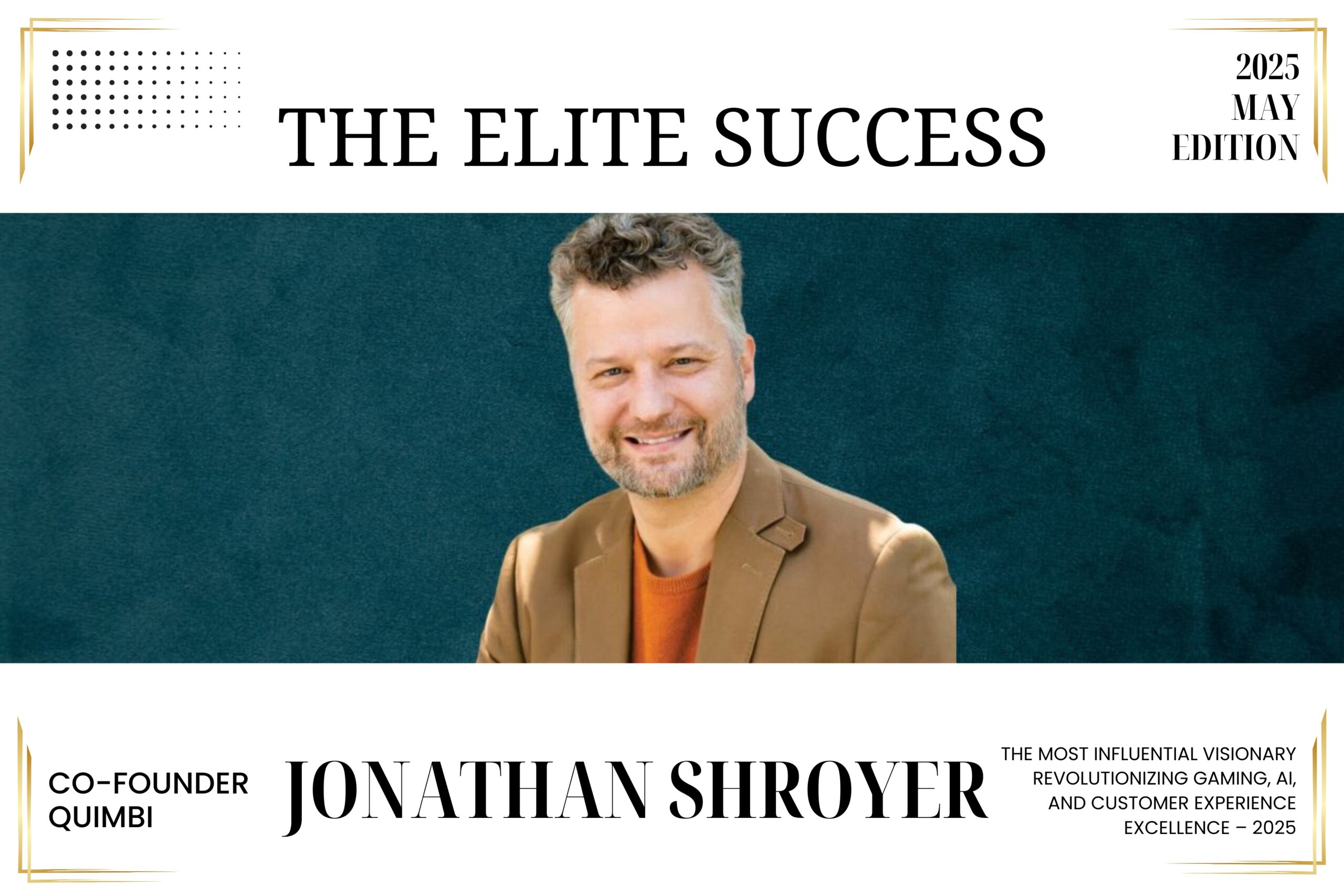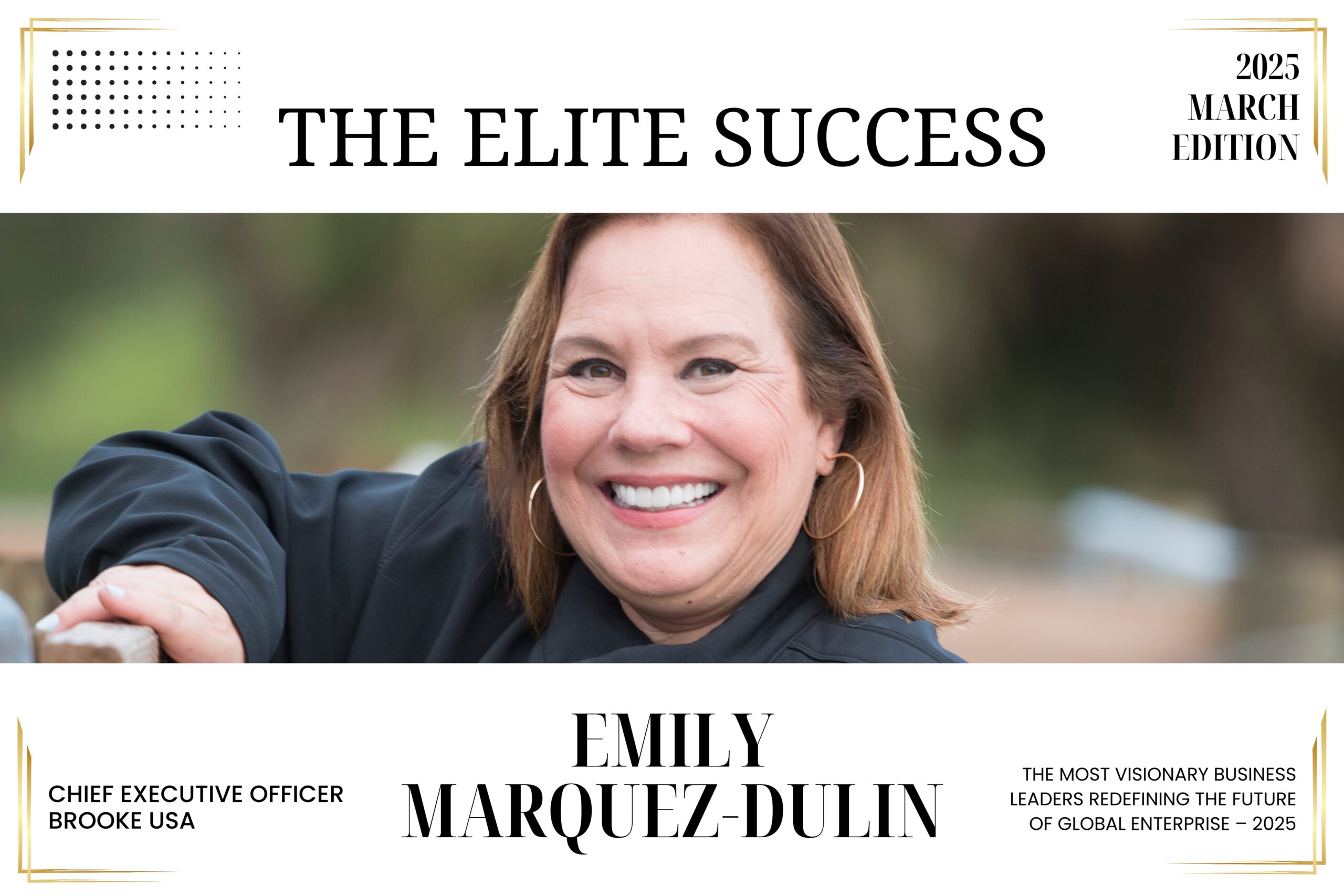From Passion to Paycheck: Why the Creator Economy Is the Future of Work
The way we work is changing. Gone are the days when career success was measured solely by climbing the corporate ladder or staying loyal to one employer for decades. In today’s digital-first world, individuals are building careers around their passions, skills, and creativity, often outside the boundaries of traditional workplaces.
This monumental shift has given rise to what is now known as the creator economy. By 2025, the creator economy is more than just a buzzword, it is a multi-billion-dollar industry reshaping the global workforce, giving people the tools to turn their talents into sustainable income streams.
But why exactly is the creator economy being hailed as the future of work? And what does it mean for businesses, brands, and aspiring creators? Let’s explore.
What Is the Creator Economy?
The creator economy refers to the ecosystem of independent creators, bloggers, YouTubers, podcasters, TikTok influencers, newsletter writers, course creators, and more, who build communities around their content and monetize it through multiple streams such as brand sponsorships, subscriptions, affiliate marketing, merchandise, and direct fan support.
Unlike traditional careers, the creator economy thrives on individual autonomy. Creators own their platforms, dictate their work hours, and choose their collaborations. Their value lies not just in their content, but in the communities and trust they build with their audience.
The Rise of the Creator Economy
The creator economy didn’t emerge overnight; it has evolved alongside technology and changing consumer behaviors. Here’s a quick timeline of its growth:
- 2005 – YouTube’s Birth: For the first time, anyone could upload videos and potentially reach millions.
- 2010s – Social Media Boom: Instagram, Twitter, and TikTok gave rise to influencers with massive followings.
- 2020 – Pandemic Shift: Remote work and digital content consumption skyrocketed, accelerating the growth of creators.
- 2023–2025 – Professionalization: Platforms like Substack, Patreon, and OnlyFans formalized direct creator monetization, while tools like Canva, AI editing apps, and podcast studios democratized production quality.
Today, the creator economy employs over 200 million people globally (both full-time and part-time), and this number is only growing.
Why the Creator Economy Is the Future of Work
1. Autonomy and Flexibility
The creator economy empowers individuals to work on their own terms. Creators decide their schedules, choose projects aligned with their values, and design work-life balance according to personal priorities. In a post-pandemic world, where flexibility is prized over rigid 9-to-5 models, this autonomy is a major draw.
2. Passion-Driven Careers
Instead of separating passion and profession, creators merge the two. Whether it’s gaming, fitness, cooking, or teaching, individuals can turn hobbies into income streams. The creator economy makes it possible to get paid for what you love, a paradigm shift in how we view “real jobs.”
3. Diverse Income Streams
Traditional jobs rely on one paycheck. Creators, however, can monetize through:
- Brand partnerships
- Subscription models (Patreon, Substack)
- Merchandise sales
- Affiliate marketing
- Digital products (eBooks, courses, templates)
- Live events and workshops
This diversity not only boosts earning potential but also provides financial resilience.
4. Direct-to-Community Relationships
Unlike corporate jobs where employees often feel disconnected from end customers, creators directly interact with their audience. This community-driven model builds loyalty, trust, and longevity.
5. Low Barriers to Entry
Thanks to digital tools, anyone with an internet connection can become a creator. From smartphones with high-quality cameras to AI tools for editing and marketing, the cost of starting is lower than ever.
6. Global Reach
A creator in a small town can influence and earn from audiences across the globe. The creator economy isn’t limited by geography, making it one of the most democratized industries of our time.
Case Studies: Passion to Paycheck in Action
Case Study 1: The Educator-Turned-EdTech Creator
A former teacher starts posting short math tutorials on TikTok. Within a year, she builds an audience of 1 million, launches a course on Udemy, and earns more than her teaching salary, while helping millions learn.
Case Study 2: The Gamer
A passionate gamer begins streaming on Twitch. Initially, income is small, but through consistent engagement, he builds a loyal subscriber base, secures sponsorships, and even launches his own gaming merch line.
Case Study 3: The Wellness Influencer
An individual passionate about fitness begins offering online coaching via Instagram and YouTube. By combining affiliate product recommendations with personal workout plans, she scales from side hustle to full-time business.
The Business of Being a Creator
The creator economy is no longer a side hustle for many; it’s a professional career path. Platforms now recognize creators as serious stakeholders:
- YouTube Partner Program offers ad revenue sharing.
- Patreon enables subscription-based community models.
- TikTok Creator Fund pays influencers for content performance.
- Substack helps writers monetize newsletters directly.
Meanwhile, brands are shifting ad budgets from traditional media to creators, seeing higher ROI in niche, loyal audiences.
Challenges in the Creator Economy
Despite its promise, the creator economy is not without challenges:
1. Income Uncertainty
Unlike steady salaries, creator income can fluctuate month-to-month. Building resilience requires diversification.
2. Burnout
Constantly creating, engaging, and staying relevant can lead to exhaustion. Many creators struggle with sustainability.
3. Platform Dependence
Relying too heavily on one platform (like Instagram or TikTok) is risky if algorithms or monetization policies change.
4. Market Saturation
With millions entering the creator space, standing out requires authenticity, creativity, and consistent innovation.
The Role of Technology in Empowering Creators
AI-Powered Tools
AI is helping creators with content ideation, video editing, caption generation, and personalized audience engagement.
Web3 and NFTs
Decentralized platforms and NFTs allow creators to directly monetize digital assets while maintaining ownership rights.
Digital Payments
Frictionless payment solutions like Stripe, PayPal, and crypto wallets make it easy to monetize across global markets.
Community Platforms
Discord, Slack, and niche platforms allow creators to foster dedicated communities beyond mainstream social media.
Why Businesses Should Care About the Creator Economy
For brands and corporations, the creator economy offers valuable opportunities:
- Influencer Partnerships: Collaborating with niche creators can yield higher engagement than traditional advertising.
- User-Generated Content: Creators can provide authentic, relatable content that resonates with consumers.
- Talent Acquisition: Many creators are skilled entrepreneurs, offering businesses new ways to tap into innovative talent.
The Future of the Creator Economy
Looking ahead, the creator economy is poised to grow even more dynamically:
- Creator-Owned Platforms: More creators will launch personal platforms to reduce dependence on social media giants.
- Hybrid Careers: Professionals may blend traditional jobs with creator projects, forming “portfolio careers.”
- Micro-Creators Rising: Brands will increasingly value smaller creators with hyper-engaged niche audiences.
- Education and Training: Universities may offer courses on content creation, digital branding, and monetization.
- Policy and Regulation: As creator income grows, governments may introduce new frameworks for taxation and labor rights.
Conclusion: Passion Meets Paycheck
The creator economy is more than a trend; it’s a fundamental shift in how we perceive work and income. By turning passions into paychecks, creators embody a new definition of success: one that values freedom, creativity, and authenticity over rigid career paths.
For individuals, it’s an invitation to rethink how they work. For businesses, it’s a call to embrace creators as partners in growth. And for society, it’s a reminder that the future of work is not just about productivity, it’s about passion, purpose, and people.
As we move deeper into 2025 and beyond, one thing is clear: the creator economy isn’t just the future of work. It’s the present, and it’s here to stay.













